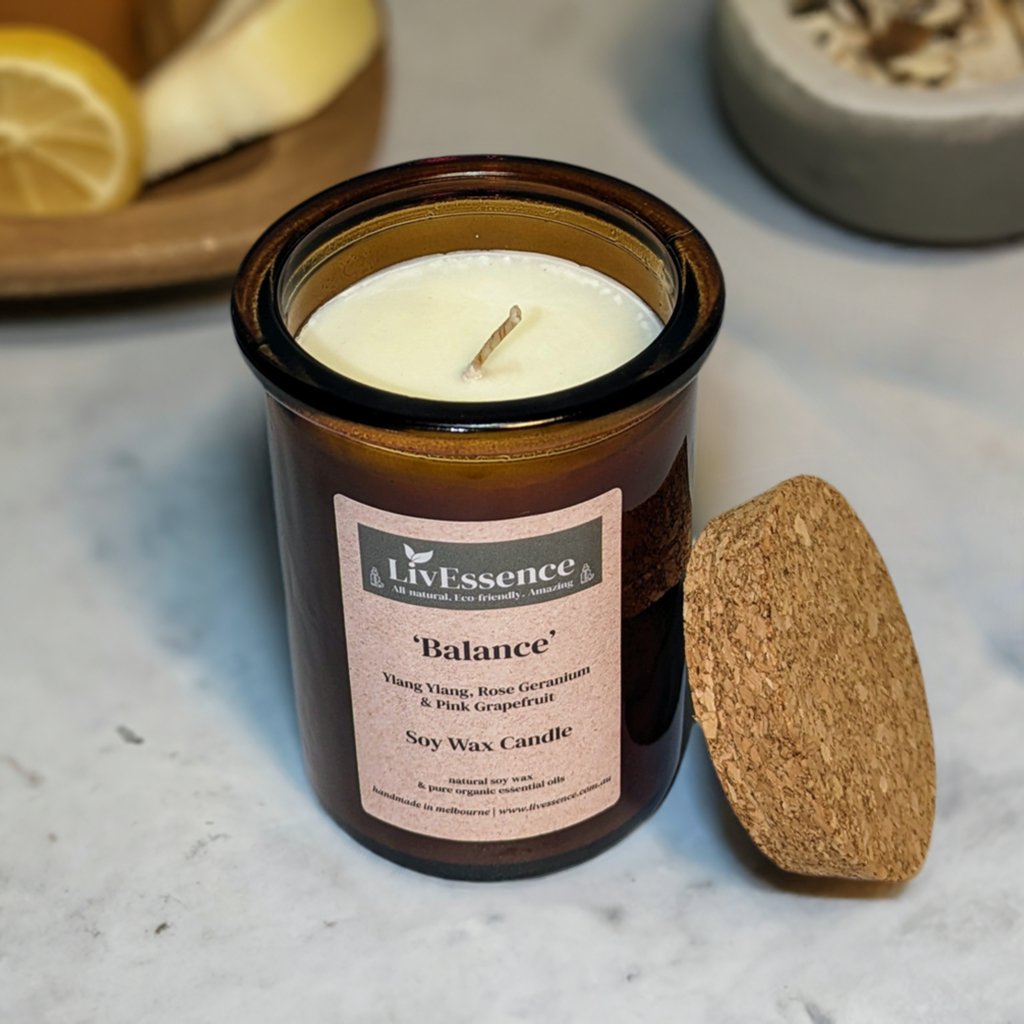From Wick to Wax: Comprehending the Chemistry Behind Soy Wax Candles and Their Environmental Influence
As we brighten our areas with the warm radiance of candles, there exists a realm of elaborate chemistry behind the apparently easy act of lighting a soy wax candle light. The selection between soy and paraffin wax prolongs beyond simple looks, delving right into the realm of environmental influence and the really composition of the materials. Recognizing the molecular structure of soy wax and its burning process clarifies the exhausts released right into our environments. Join us as we decipher the clinical complexities behind soy wax candle lights and explore their effects on our atmosphere.
Soy Wax Vs. Paraffin Wax
When comparing soy wax and paraffin wax for candle production, it is vital to recognize the unique qualities and benefits of each material. Soy wax is an all-natural, sustainable source stemmed from soybean oil, making it eco-friendly and eco-friendly - soy candles. In comparison, paraffin wax is a byproduct of petroleum refining, which elevates worries concerning its ecological influence and sustainability
Soy wax candles burn cleaner and discharge much less residue contrasted to paraffin wax candle lights, making them a much healthier selection for interior air quality. Furthermore, soy wax has a reduced melting factor, permitting a longer-lasting candle that distributes fragrance a lot more effectively. Paraffin wax, on the other hand, has a tendency to shed faster and less easily, possibly releasing dangerous chemicals right into the air.
From a sustainability point of view, soy wax is favored for its biodegradability and sustainable sourcing, lining up with the growing customer preference for ecologically aware products. While paraffin wax has actually been a traditional choice in candle making due to its affordability and ease of usage, the change towards environment-friendly choices like soy wax is obtaining momentum in the market.
Chemical Composition of Soy Wax

Burning Refine in Soy Candles
The chemical structure of soy wax directly influences the burning process in soy candles, affecting elements such as burn time, aroma release, and environmental influence. When a soy candle light is lit, the warm from the fire thaws the wax near the wick. This liquid wax is after that attracted up the wick due to capillary activity. As the fluid wax gets to the fire, it vaporizes and undertakes combustion. The burning procedure entails the vaporized hydrocarbons in the wax reacting with oxygen airborne to create warmth, light, site link water vapor, and co2.
The combustion performance of soy candles is affected by the purity of the soy wax and the top quality of the wick. A clean-burning soy candle with an effectively sized wick will lessen and create a consistent fire soot formation. This not just extends the shed time of the candle yet additionally boosts the release of scents. Additionally, soy wax candles have a reduced ecological impact contrasted to paraffin candle lights as a result of their naturally degradable and eco-friendly nature.

Ecological Advantages of Soy Wax

Thought about a lasting option to typical paraffin wax, soy wax uses notable environmental advantages that make it a popular selection among eco-conscious consumers. Soy wax burns cleaner and generates less residue than paraffin wax, contributing to much better interior air top quality and decreasing the demand for cleaning and maintenance. Generally, the ecological benefits of soy wax straighten with the growing need for green and sustainable products in the market.
Recycling and Disposal Factors To Consider
Recycling and proper disposal of soy wax candles play an important function in preserving ecological sustainability and decreasing waste in neighborhoods and families. When it comes to recycling soy wax candles, the first step is to ensure that the candle light has actually shed completely.

In regards to disposal, if recycling is not a choice, soy wax candles are eco-friendly and can be safely gotten rid of in most house waste systems. Nonetheless, it is constantly advised to examine with local recycling centers or waste management solutions for certain guidelines on candle light disposal to make sure correct handling and environmental management.
Final Thought
To conclude, the chemistry behind soy wax candle lights exposes their environmental advantages over paraffin wax candle lights. Soy wax, acquired from click here to find out more soybean oil, burns cleaner and produces less soot when contrasted to paraffin wax. The combustion procedure in soy candles is more efficient, bring about a longer and extra even melt. Additionally, soy wax is eco-friendly and eco-friendly, making it a much more lasting choice for candle light manufacturing. Recycling and proper disposal of soy wax candle lights further add to their environmental effect.
When comparing soy wax and paraffin wax for candle production, it is important to understand the unique features and benefits of each material (soy wax candles).Soy wax candles burn cleaner and produce less soot contrasted to paraffin wax candle lights, making them a much healthier choice for indoor air high quality.Taken into consideration a sustainable alternative to traditional paraffin wax, soy wax uses significant ecological advantages that make it a prominent choice among eco-conscious consumers. Soy wax burns cleaner and produces much less soot than paraffin wax, adding to much better indoor air high quality and minimizing the demand for cleansing and upkeep.In final thought, the chemistry behind soy wax candle lights exposes their ecological advantages over paraffin wax candles